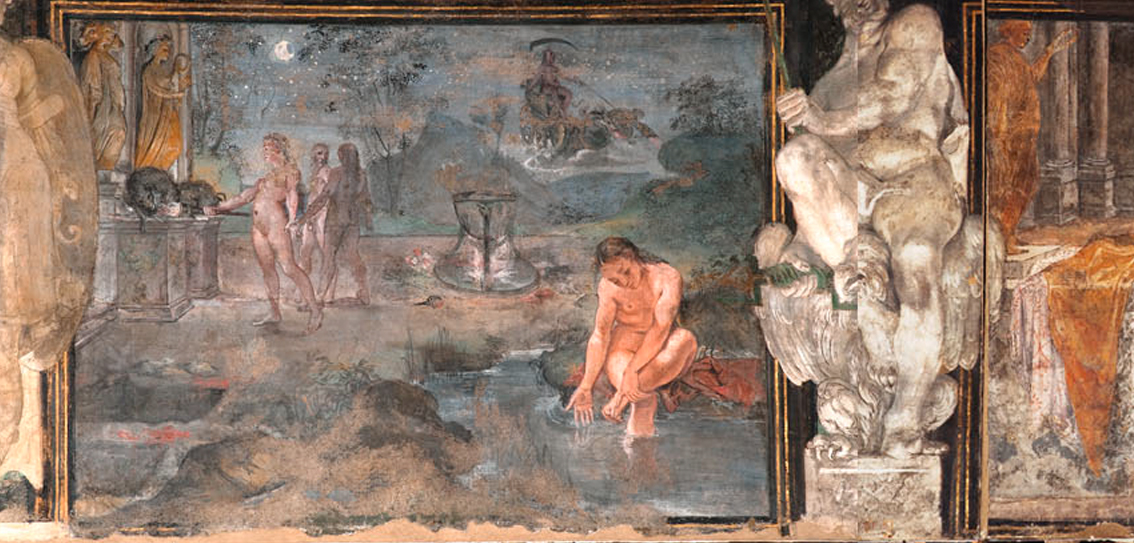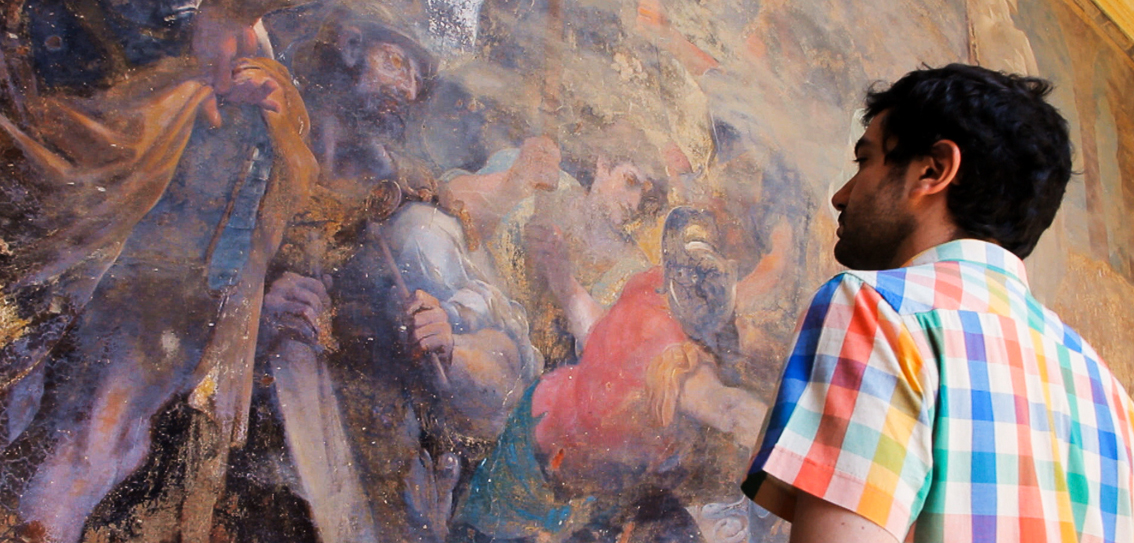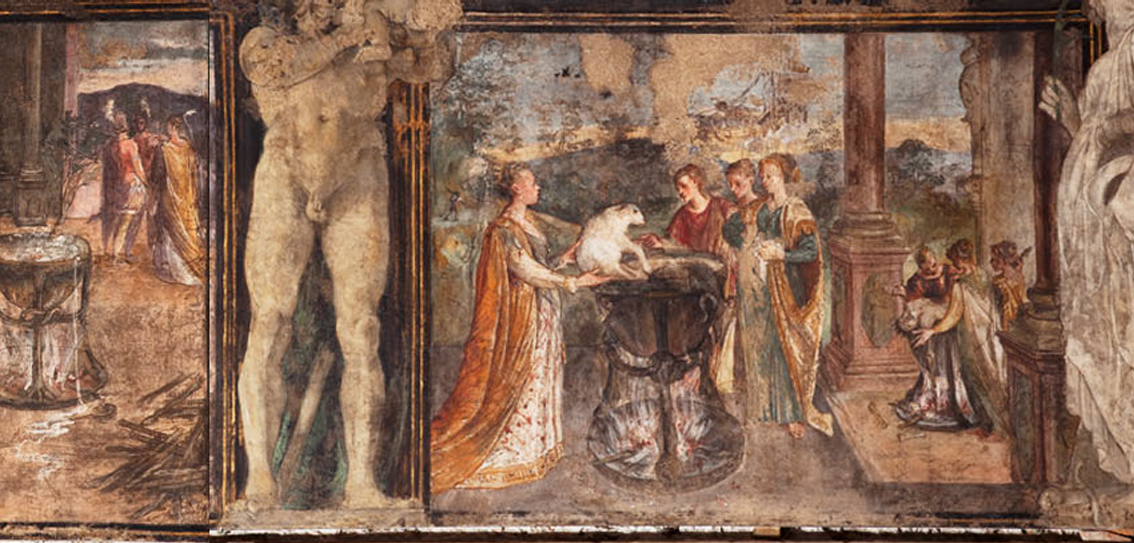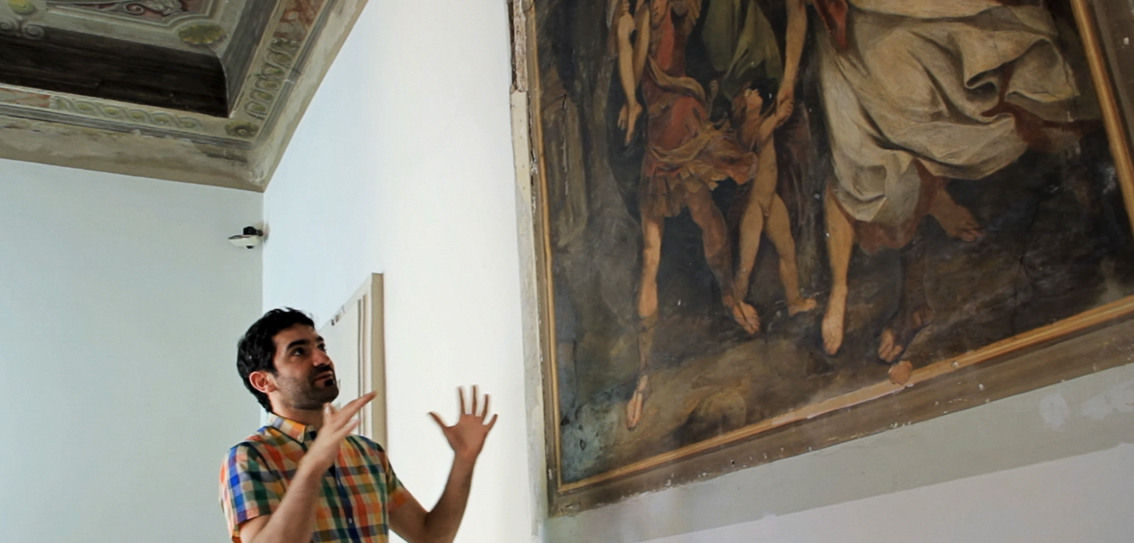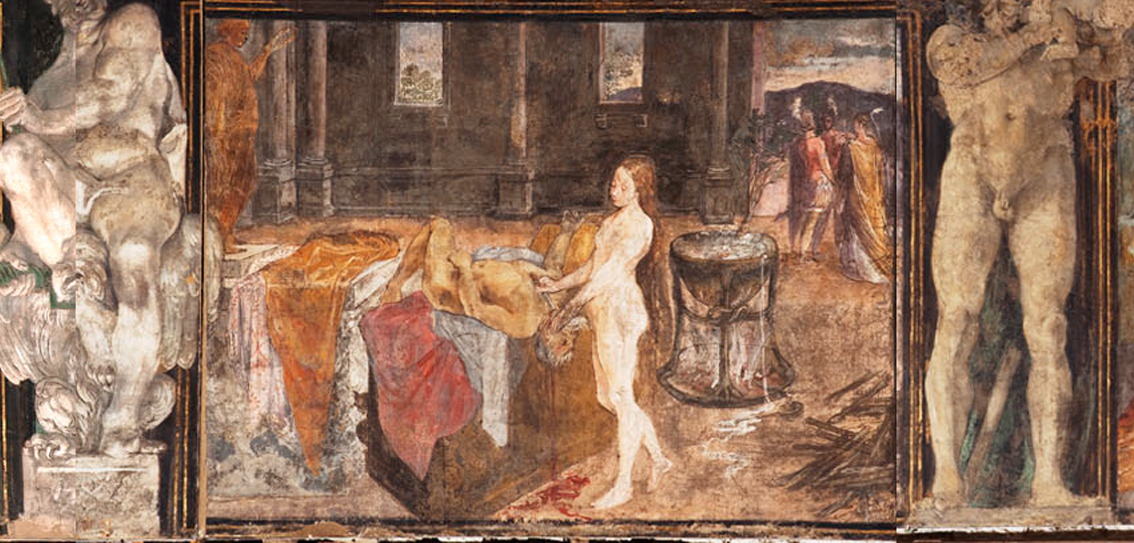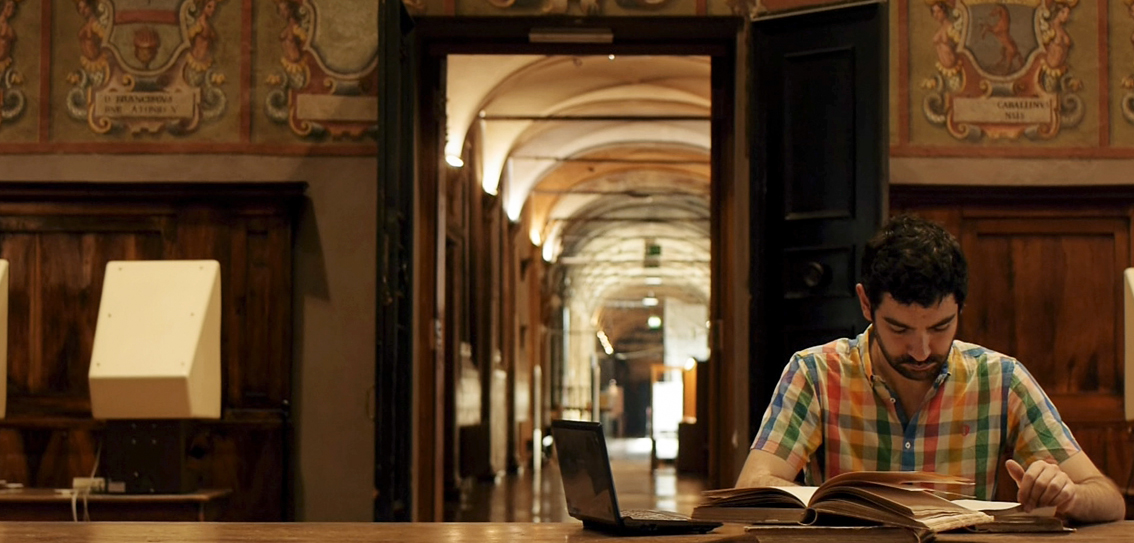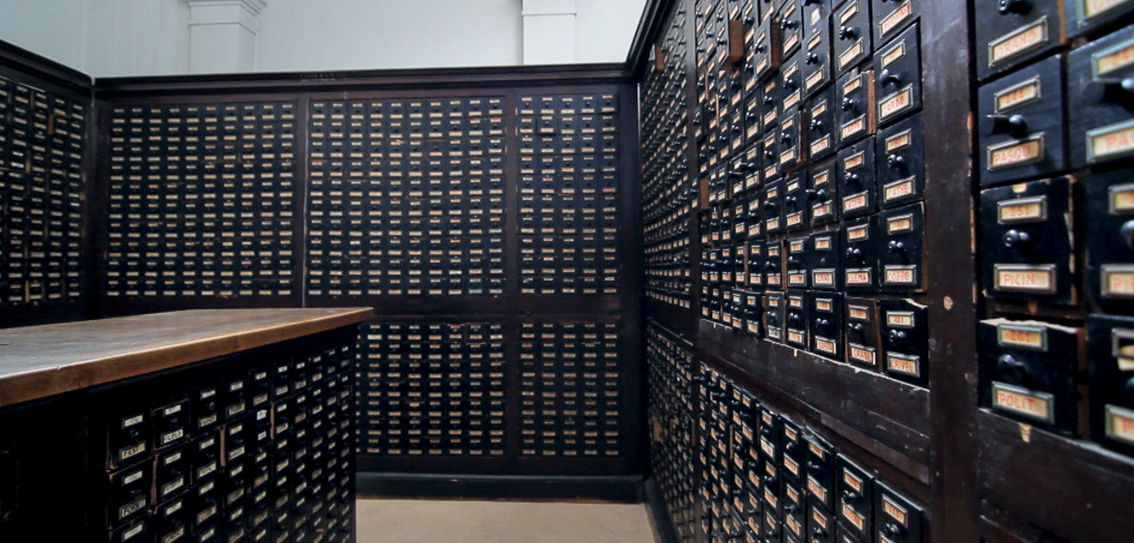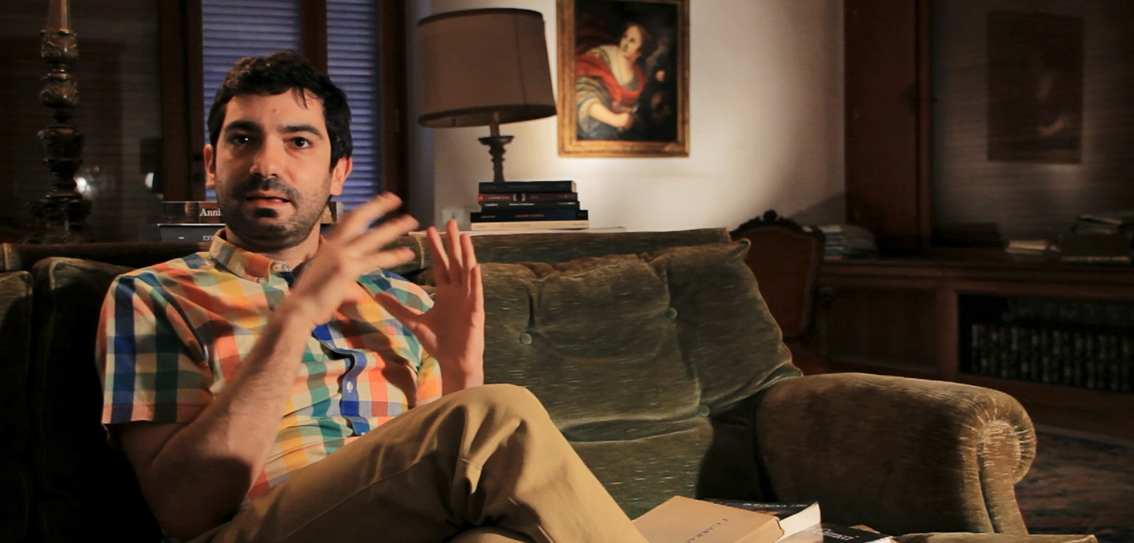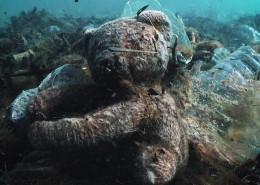
THE LOST CARRACCI
the film
THE LOST CARRACCI by Andrea Dalpian
2013 – HD – 16/9 – dur. 1×50′
distribution WINDROSE
Credits
Italy, 2012, HD – 52 mins.
genre
Art
director
Andrea Dalpian
authors
Andrea Dalpian e Tommaso Mozzati
produced by
POPCult
in collaboration with
Emilia-Romagna Film Commission
and the partecipation of
Asp – Irides
Archiginnasio Bologna
Fondazione Cassa di Risparmio di Bologna
Grand Hotel Majestic “Già Baglioni”
distribuition
Windrose
More info
What happens if a painting given up for lost for almost three hundred years has always been under our noses, just waiting to be recognized?
This was exactly what happened to “Aeneas fleeing from Troy”, a painting by Ludovico Carracci, which, after being reported lost or destroyed over the years, was found in Bologna’s Palazzo Ratta in 2009.
The painting of Aeneas and his family escaping from Troy, has always remained in the building, exactly where it should have been. The work was displayed in what is now the headquarters of a public services company but, despite being visible to all, it had never been worthy of attention.
The painting was completed specifically for the mansion, a building already in artistic literature and chronicles of the 17th and 18th century. However, subsequent renovations of the building had completely changed its structure, and in turn hiding this masterpiece from view to most people.
The work is then reported missing between the nineteenth and the twentieth century: review also confirmed in the monograph in 1939 about Ludovico Carracci by Heinrich Bodmer.
This is the case until a young scholar, Thomas Mozzati, a researcher at the University of Perugia who has been engaged in a larger study of the Ratta family collection, begins to search for and find evidence to support his intuition that the fresco has in fact never moved from its original position. It needs, however, in order to support its identity,that additional documents and testimonies are available. Evidence which has survived four centuries of Bolognese history, illustrating the transformation of the mansion and the entire city.
The documentary wants to pursue these two specific lines. The incredible irony in which the story of a painting that has seen centuries of Bolognese history pass before it and the equally fascinating one about a researcher who, like a detective, follows the traces through the centuries using archives, old books and libraries.
In this manner it will also come to light the private and hidden side of the figure of the art researcher, a craft, and often a solitary dedication, requiring patience and perseverance in which the results may only come after years of research.
It will be an opportunity to be able to connect and reveal some of the most charming places of Bologna to the audience; artistic heritage gems that are not inaccessible but often neglected if not forgotten by the inhabitants of the city itself. This documentary shall be a way of remembering the bounty of artistic art Italy possesses which is often taken for granted and forgotten to be advertised and celebrated by Italians.
NOTE OF ARTISTIC INTENT
There are two particular stories in this documentary. Two simple stories, so simple in fact that at first glance they could appear to be similar to each other. However if you pause for a moment, you realize that these two stories have much more to say than what it first appears, you realize you have not discovered all the secrets they posses.
One story follows the familiar figure of an art scholar, the person we are used to helping us understand and interpret works of art. Noone seems to notice that facts are omitted when a researcher explains their conclusions, for indeed how did they arrive at such conclusions? What research had to be carried out? What are the routes, the tricks of the trade? How much time and dedication is required in the research of an author or a piece of work? We want to show how a seemingly simple discovery, can be difficult, so much so it can require almost 300 years.
When faced with something obvious you must employ the ability to look upon it with fresh eyes, to confront the truth in a different way, all of which are part and parcel of the complex path a researcher must follow. In this documentary we can retrace the steps along with Tommaso, the insights that were found at first almost by accident and finally led to the rediscovery of the lost Carracci.
The other story is of a painting of the Baroque, spoken about in books over the same period but happened to mysteriously disappear. With the simplicity worthy of a thriller, it turns out that the painting was always where it should have been and incredibly, under everyone’s noses.
In what context was this painting completed? Who was the creator and how was the world in which he lived? Much of the city in which the Carracci lived still exists; existing in the present, a time unsuited to its buildings. Bologna’s heavy medieval architecture, launches into the sky, if we can get the right vision, they could tell us a lot about that epoch and its people.
With the help of the artist’s letters which discussed the city and the painting itself and also art historians of the same age; describing those incredible years at the end of the sixteenth century, we will be able to rediscover the atmosphere of that time and observe Carracci’s environment.
At first the documentary wants to tell of a discovery and of a work of art through two parallel stories which over the course of the film will intersect and become one.
But then, he second key narrative will relate to the present through the figure of the scholar, the researcher. On working his way through ancient manuscripts and libraries, he will give us the necessary knowledge needed to understand the artistic process of time. This will be achieved not only through the interpretation of the depicted subjects, but also through the physical elements of the paintings (raw materials, techniques of the time, styles of brushwork).

